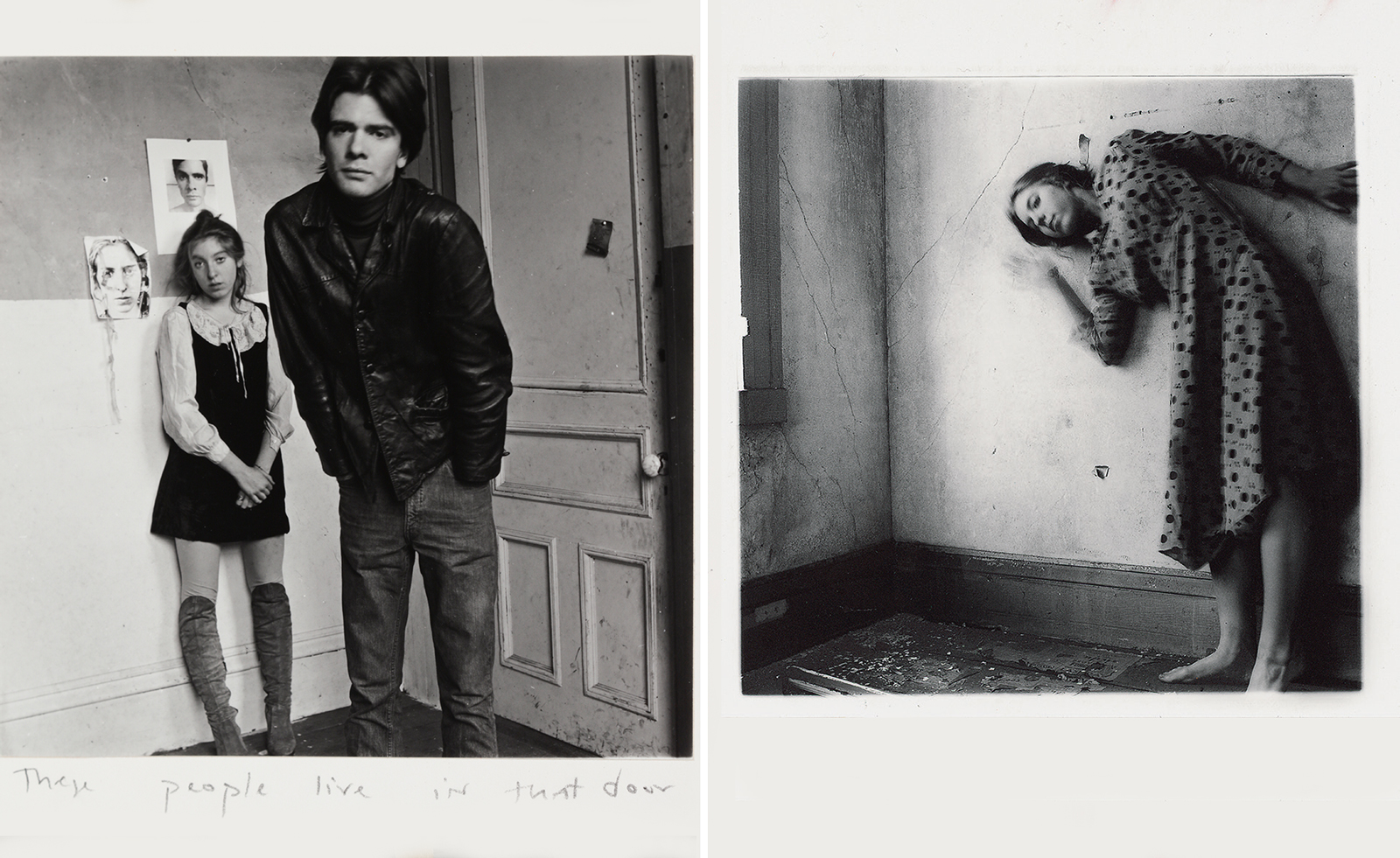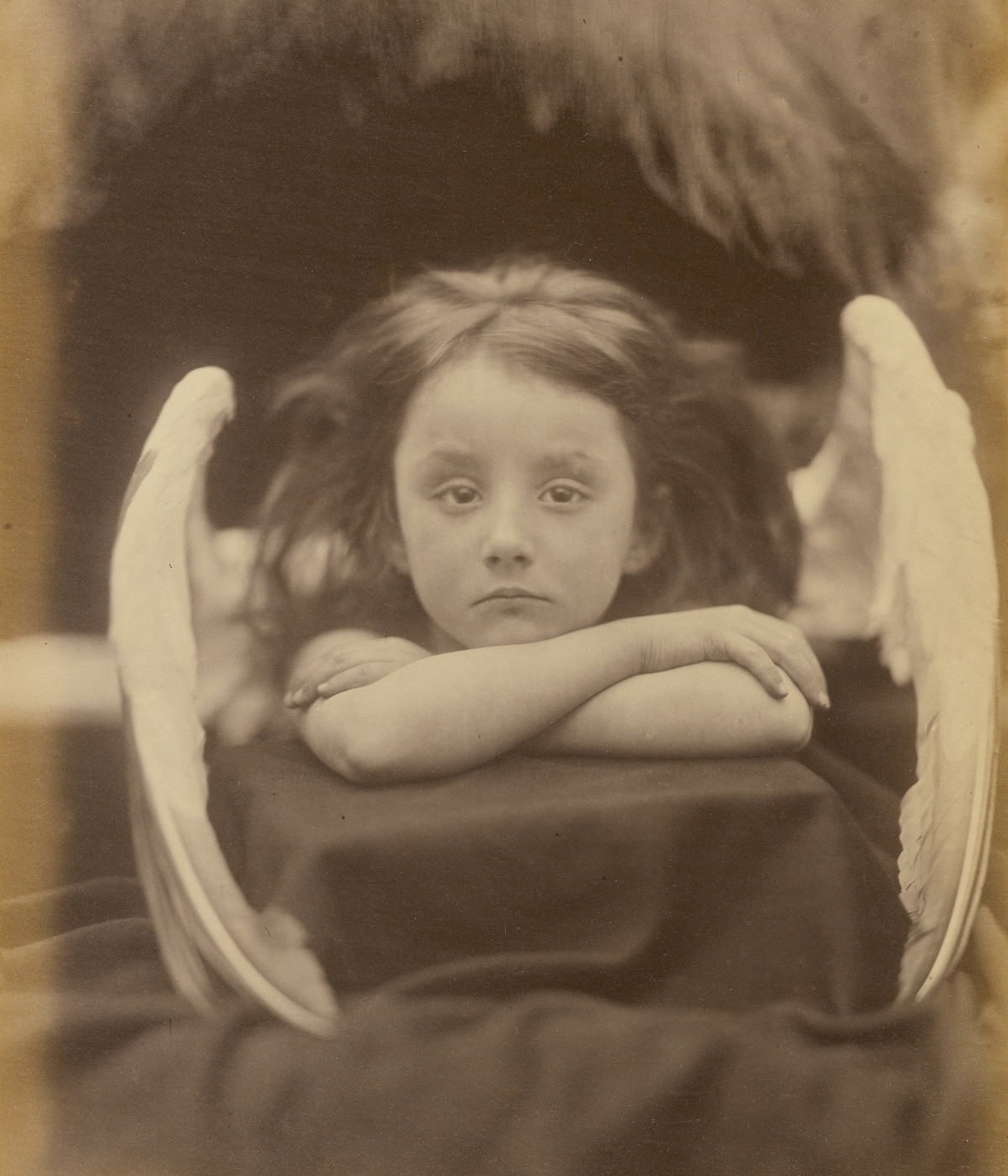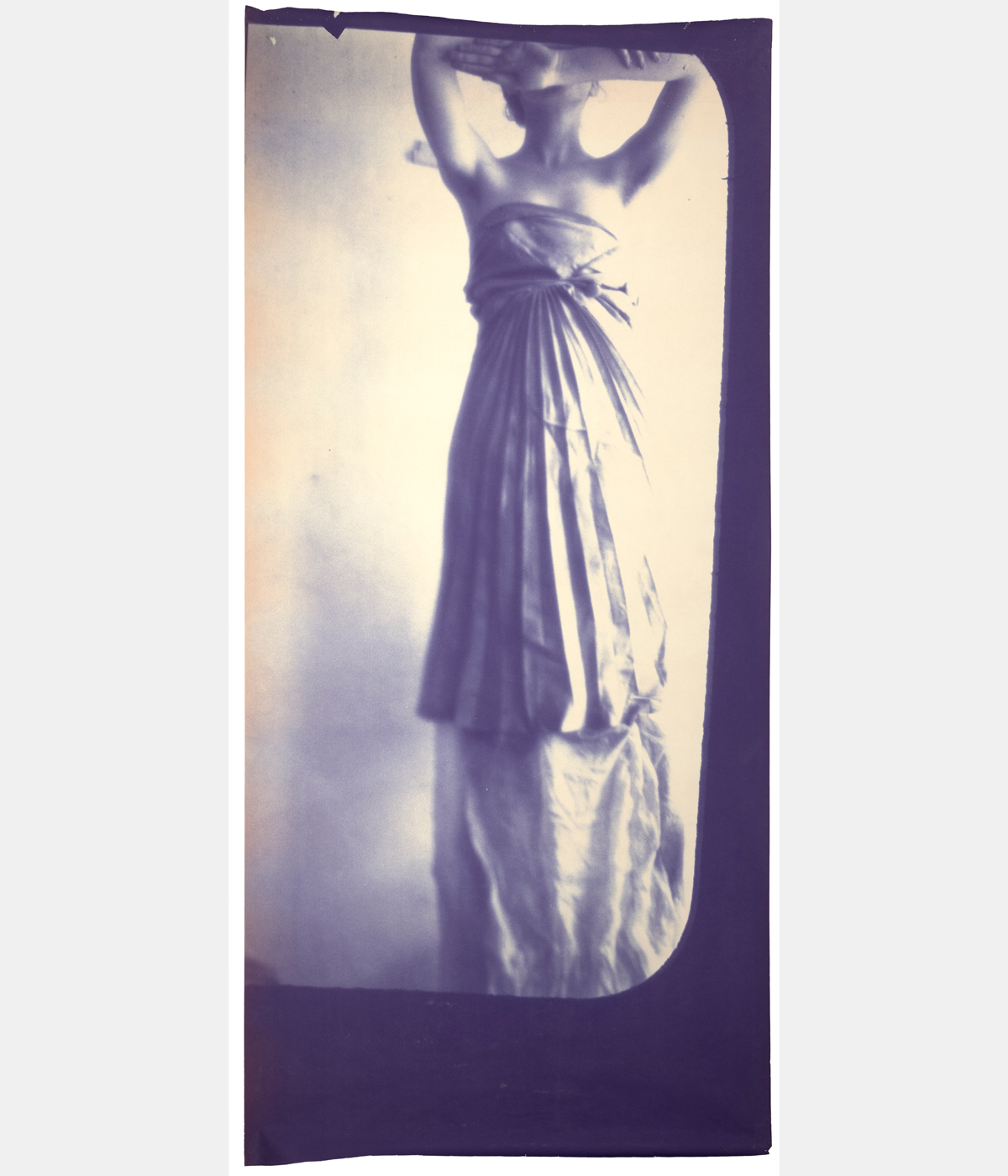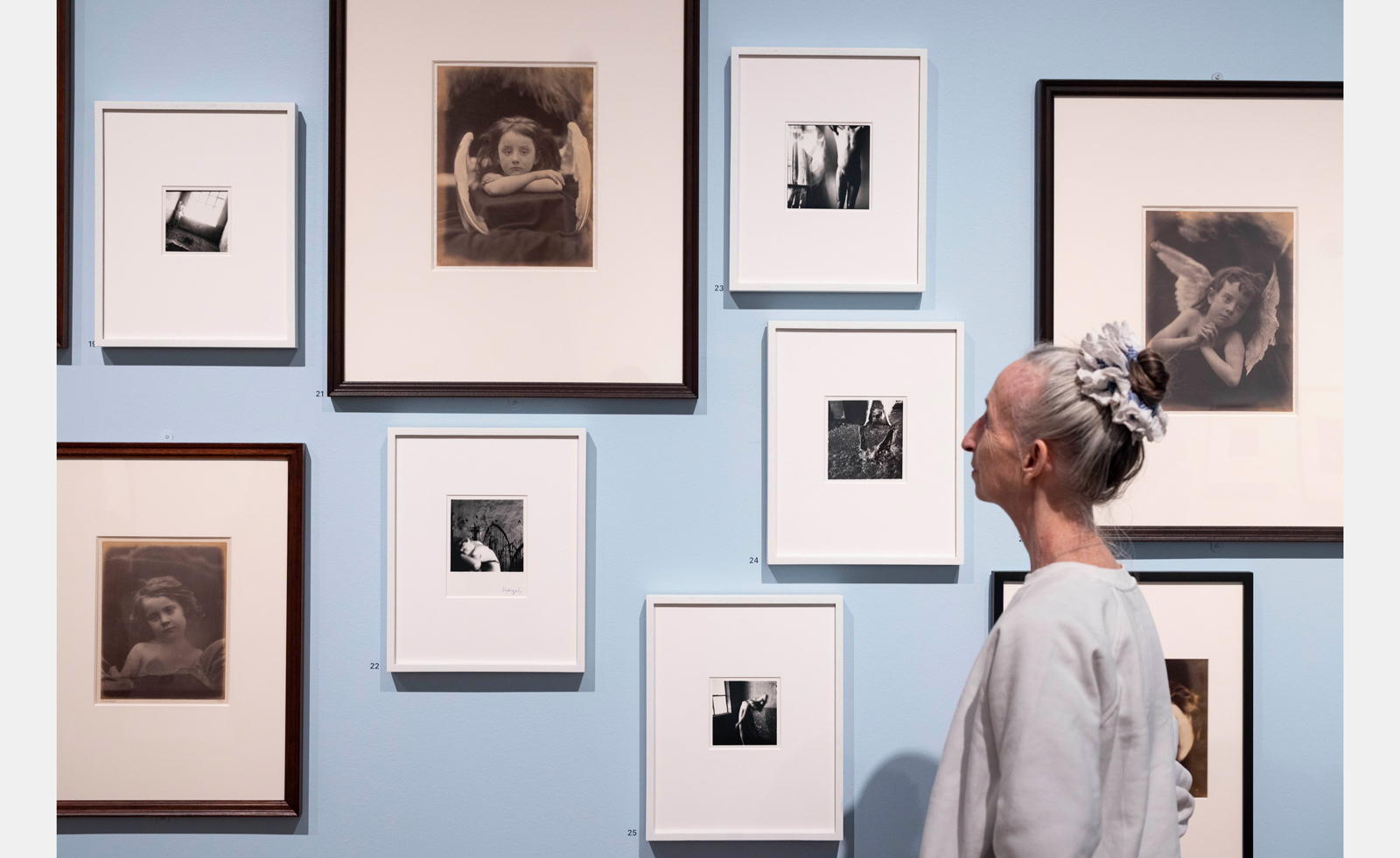
For those familiar with the work of Francesca Woodman and Julia Margaret Cameron, it’s not immediately obvious why the National Portrait Gallery has brought these two photographers together. Woodman's art emerged during the rise of second-wave feminism and Post-Minimalism, her images haunted by the influence of contemporaries like Ana Mendieta and Deborah Turbeville. Cameron’s work, meanwhile, is distinctly Victorian. The soft focus of her photographs evokes a heavily Christian, English sensibility of feminine beauty; her female sitters often idealised as wives and mothers. Spanning a century and continents apart, there is no direct lineage between Cameron and Woodman’s photo-making – at least, not one Woodman ever directly references.
Despite these disparities, 'Portraits to Dream In' boldly argues for a radical reassessment of each woman's work. It’s Woodman from whom the show derives its title – photographs should be 'places for the viewer to dream in,' she declares. Eschewing biographical and historicist tradition, it’s precisely this dreamlike quality to their photos that curator Magdalene Keaney uses to connect their photographs; ethereal, spectral, lyrical.

Both Cameron and Woodman imbue their images with allusions to saints and Christianity. Cameron's sepia portraiture is laden with Biblical symbolism; cherubs embracing, saints praying, and prophetesses wandering in cloaks. Her tableaus evoke a private, almost clandestine world inhabited solely by women. The gaze is distinctly female and introspective, akin to the Pre-Raphaelites but with a quieter presence. Woodman’s Angels series likewise feature prominently in the exhibition, perhaps the most striking of which (Untitled, c. 1977–78) shows a young woman suspended from a doorway as if she were being crucified, bathed in a burst of light.
Greek mythology is another significant influence in both women’s work. In her unusually large Caryatid series, Woodman’s women embody architectural elements reminiscent of temple support figures. Towering over two metres tall, these monumental diazotype prints of headless women, inspired by classical architectural sculptures, command attention in a room suffused with the pinkish hues of twilight. This departure in scale and arresting presence contrasts sharply with Cameron's draped figures in Teachings from the Elgin Marbles (1867), almost diminished by comparison.

One of the most stark differences in Cameron and Woodman’s photos are their subjects. Notoriously, Cameron’s sitters included Robert Browning, Alice Liddell, Henry Taylor, Alfred Lord Tennyson, and Charles Darwin. Woodman, however, was often the subject of her own photos, which she used to convey self-revelation and theatricality, challenging the restrictions of her medium to instil imagery with narrative and allegorical elements. She was drawn to the symbolic nature of the female nude and the tranquillity of natural settings, often incorporating mirrors and vitrines to hint at metamorphosis and paradox within her compositions. As much as the medium-format cameras and gelatin silver prints she used to create her images, Woodman herself was an essential part of her artistic methodology.
While links between photos risk feeling tenuous, Keaney ultimately presents a new paradigm for creative dialogues across different eras, styles, subjects, and technical approaches. The result is something profoundly intriguing, if occasionally abstruse.
'Portraits to Dream In' is currently on show at London's National Portrait Gallery until 16 June 2024








